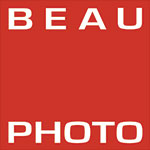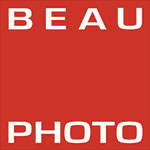There is a lot happening here at Beau and around town. Find photo related workshops, exhibitions and other fun events here.

- This event has passed.
Fusion Speaker Series – Night Photography – Mike Mander
November 21, 2019 @ 6:00 pm - 7:30 pm PST
$15.00Night Photography – Tips on Gear and Shooting
– Cameras and lenses: choosing the best gear for nighttime shooting
– Choosing additional equipment: tripods, accessories such as cable releases, timer remotes etc.
– Optimizing exposures: optimal f-stops and ISOs, as well as shutter speed concerns in certain situations.
– When to use or avoid filters, and shooting with the specialized NiSi Natural Night Filter.
– Miscellaneous items: security and awareness, headlamps, shooting fireworks, avoiding bridge vibrations, flashlights for light painting, tracking mounts for sky shots and more.
– Tips for post processing the raw files of your night shots.
After two decades of shooting film, then experimenting with digital cameras for IR, Mike Mander finally went all digital in 2004. Sticking with Canon digital SLRs for many years, then augmenting his DSLR with some lighter weight Panasonic and Fujifilm gear, he made a switch to a full-frame Nikon system before finally moving to an all mirrorless system -great for night shots!- with Fujifilm. Besides his love of landscape photography, especially the deserts of the US Southwest, Mike also enjoys shooting in the city, and with the long, dark winters in Vancouver, many of his cityscapes end up being night shots. His love of astronomy, and the bizarre hobby of collecting flashlights, also comes in handy at times when shooting in the dark. When he’s not out shooting, he’s been managing the digital imaging dept. at Beau Photo Supplies for the last 20 years…

